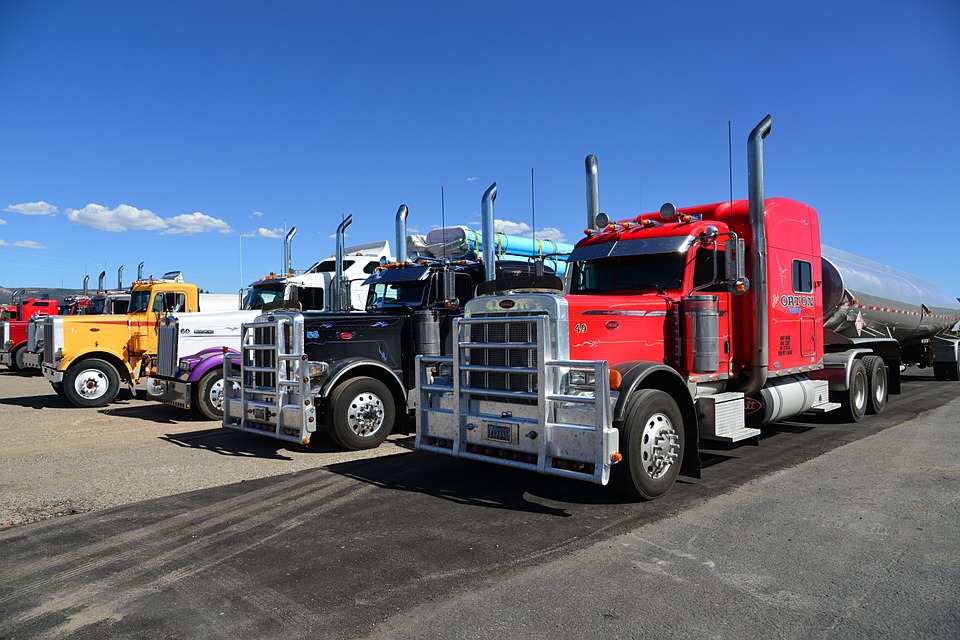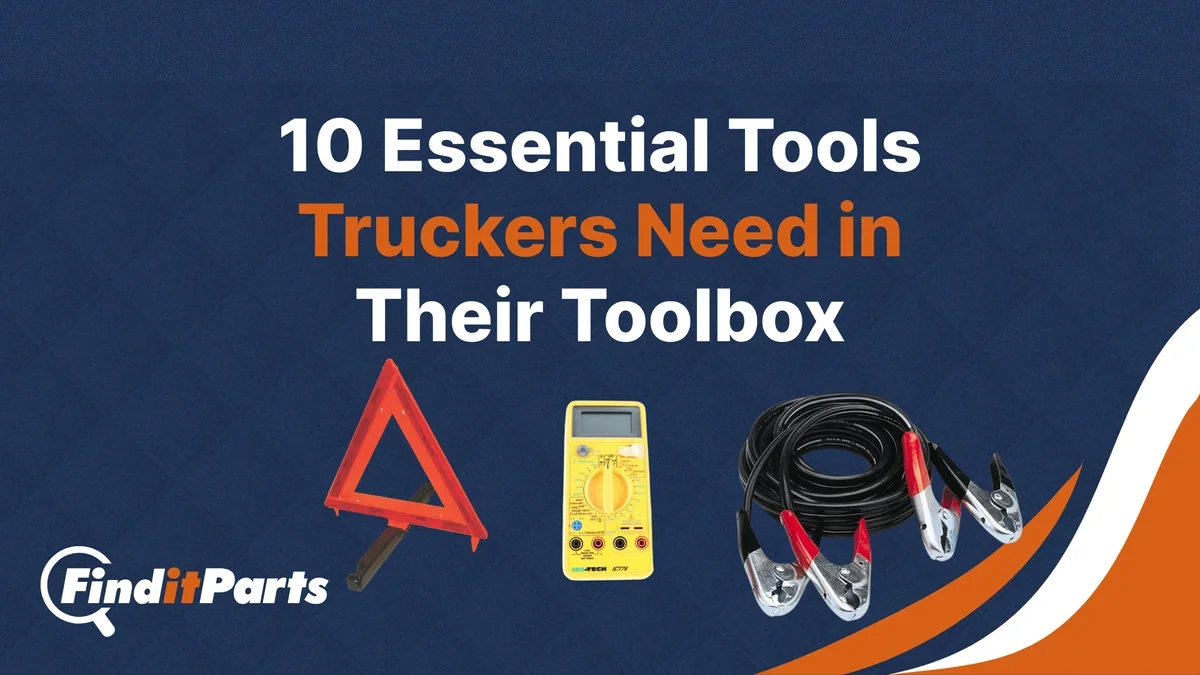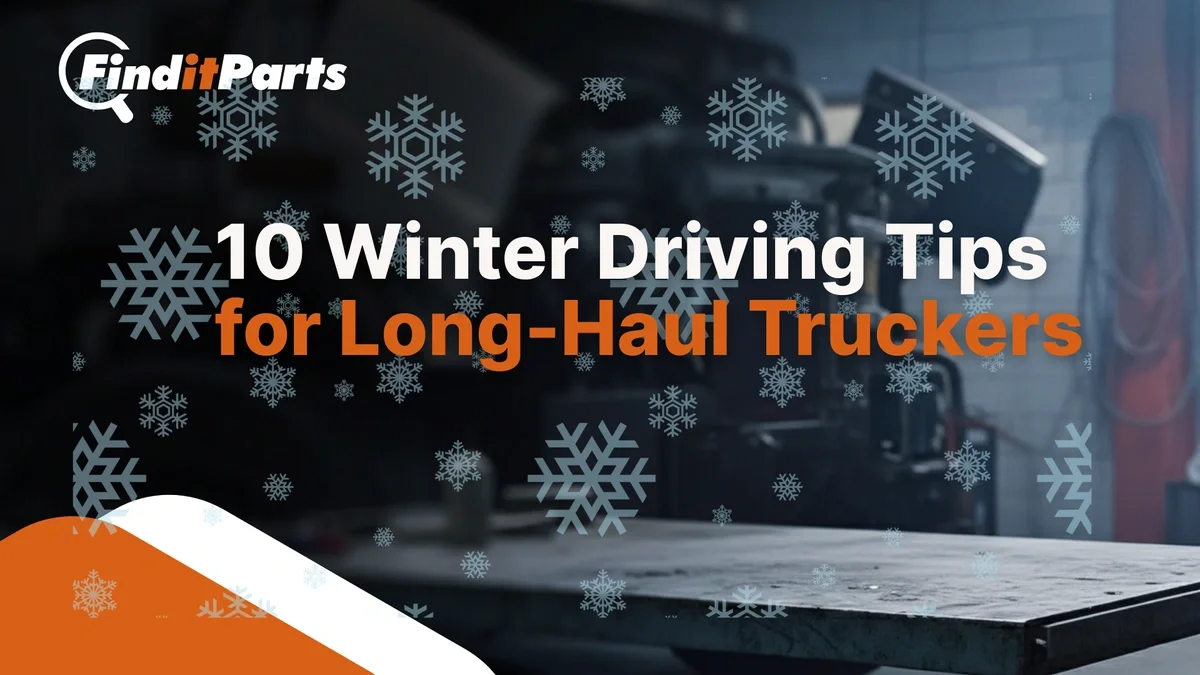Need help? We're here!
(888) 312-8812 Login SignupThings to Keep in Mind when Pulling Large Vehicles into a Parking Spot
May 24, 2021

Image Source: Pixabay
Before deciding to drive a large vehicle like a semi-trailer or a delivery truck, you need to be fully prepared to get behind the wheel. One thing you should master is the skill of pulling your big rig into a parking spot. While this is not exactly rocket science, properly parking your large vehicle in a designated location is not a walk in the park, either. You must practice this multiple times and use some techniques to avoid getting into a parking accident.
If you could use some help, here are a few tips on how to park your big rig safely:
1. Always check your mirrors.
Prior to your trip, make sure your mirrors are correctly installed in place. If the mirrors are poorly adjusted, you may lose your perspective while parking. This can affect your ability to calculate the distance between your ride and the obstructions and objects around you. To maneuver safely, you must have a clear and complete view of the area around your vehicle.
Before parking, take a look at your mirrors to see if it is safe to maneuver. No matter how confident you are with your parking skills, it is wise to double-check the blind spots so that you won’t get involved in a parking mishap. There are auxiliary mirrors available that can be mounted to the body of larger vehicles for improved visibility while driving and parking. You can have your truck fitted with these additional mirrors as they serve as your extra pair of eyes when parking and navigating the roads.
2. Have plenty of leeway as you park.
Make sure there’s plenty of space around your truck before deciding to pull into the parking spot. The more space around your rig, the bigger room you have where you can freely maneuver your ride and safely make necessary adjustments while parking. You can enjoy such space by looking for an empty spot in a parking lot or a place surrounded by small, compact cars. With smaller vehicles around you in the parking lot, you’ll have more breathing space on either side of your semi-trailer or large vehicle that you can use to park easily.
3. Choose a spacious truck stop or parking area.
If you still doubt your truck or big vehicle parking ability, the best way to go would be to look for a wide-open slot and choose to park there. Try to find a location that is free from cars and other obstructions. Cut the wheels to the direction you are turning, and slowly move into the area. Your truck’s front end may swing over the parking spot lines in the slot next to yours; the reason for this is big rigs need a wider turning radius to make complete turns. After pulling in, take time to adjust your truck to the proper slot. Just don’t forget to put your ride in reverse and look at the mirror to check the blind spots before backing up. As you drive back into your spot after backing out, straighten out the vehicle by adjusting the wheel and slowly move into the spot again.
4. Park carefully.
Park your vehicle slowly and brake sooner than you would for a smaller car. Large vehicles are heavy, and their increased weight will require you to step on the brake pedal early, so you would come to a halt at the right time, particularly if you are transporting a heavy load. Do not be in a hurry when parking your big rig. Taking your time when doing so can save you from costly errors and mishaps.
5. Do not overshoot or undercut your turns.
Remember that your ride is big and lengthy, so it usually takes up more space when turning for you to safely straighten it out and eventually position it into the parking slot. To avoid possible over or underturning into other vehicles, keep these tips in mind:
Maneuver your ride as far away as possible from the parking spot. If there is more space where you can maneuver, it will be a lot easier for you to straighten your truck’s back end and pull into your chosen or designated parking slot.
Cut your wheels in the direction of your parking slot. If you want your truck’s front end to be positioned to the spot as straight as possible, then you will need to cut your wheels hard to the parking spot’s direction.
Check your mirrors always. Because of your vehicle’s size, its side may still be straightening even if the front end is already positioned correctly; hence, you must keep an eye on your mirrors to avoid bumping or scratching other vehicles.
6. Use a three-point turn in straightening your truck.
If your truck’s back end is aligned with the parking spot you aim to get in, you need not make more turns to make parking easier. This is where the three-point turn becomes handy. You can pull off this parking technique by turning in one direction as far as possible, putting your ride in reverse to straighten the front end, and finishing the turn by continuing it. When parking, you can use this kind of turn by bringing your truck’s front end close to the vehicle parked in the spot next to where you are parking. Put your ride in reverse and straighten it so that it is aligned with the parking spot. Be sure to check your mirrors for the situation in the blind spots, so you don’t hit any pedestrians or cars parked behind you.
7. Drive slowly into your parking slot.
After your three-point turn, carefully pull into your parking slot, making slight necessary adjustments. Mastering the three-point-turn technique and using it when parking in tight spaces can save you from potential parking lot disaster.
Besides arming yourself with mastery in parking trucks and large vehicles, it also pays big time to outfit your rig with the right type of mirrors and other add-ons that can provide you with a clear view of blind spots and the area around the vehicle. FinditParts is here to help you with that. We carry a wide array of truck parts and accessories, so you can find here everything you need to make your ride easier to back up and park. From top-quality blind-spot mirrors to best-in-class backup lights and sensors, FinditParts surely has them for you at pocket-friendly prices.



